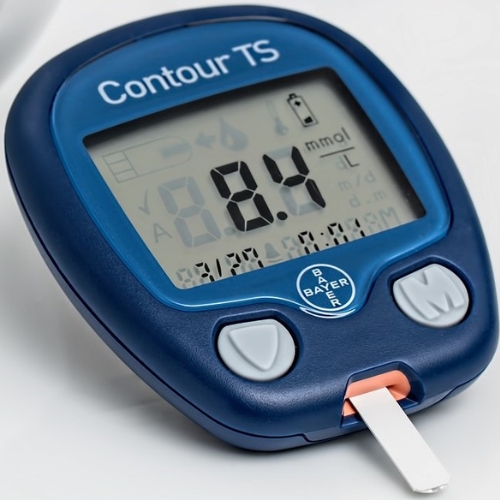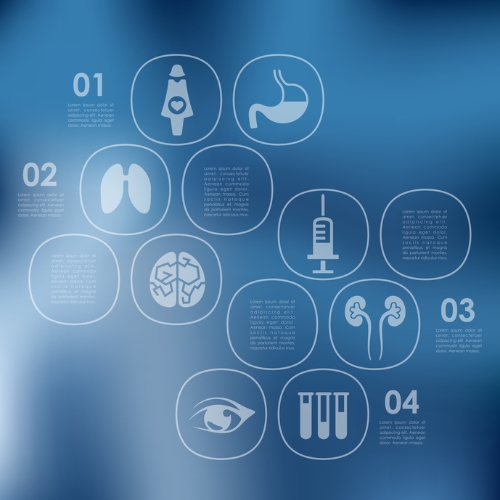Key points from article :
Scientists at the Diabetes Research Institute (DRI) at the University of Miami have achieved a significant advancement in treating type 1 diabetes. They successfully transplanted pancreatic islet cells using a tissue-engineered platform that helped a patient achieve long-term insulin independence.
The findings, published in the New England Journal of Medicine, mark a promising step toward offering this therapy to millions living with the disease. Islet transplantation, which has previously been done in the liver, restores natural insulin production. However, the liver poses limitations for emerging therapies, prompting DRI researchers to explore the omentum—a tissue covering abdominal organs—as a new site.
The DRI scientists developed a biological platform by combining donor islet cells with the patient’s plasma. This mixture, along with clinical-grade thrombin, forms a gel that sticks to the omentum and holds the islets in place. The gel gradually dissolves, leaving the islets intact and reducing inflammation. This technique minimizes the inflammatory reactions often seen with liver transplants.
The initial results showed that the omentum is a promising site for islet transplantation, helping the patient achieve insulin independence. The study’s lead author, Dr. David Baidal, highlighted the potential of this approach, noting that long-term follow-up of additional transplants will help determine its safety and feasibility.
In type 1 diabetes, the body’s immune system destroys insulin-producing cells, requiring patients to manage blood sugar levels through insulin therapy. Islet transplantation offers a way for patients to live without insulin injections, and in some cases, it has resulted in insulin independence for over a decade. This research brings hope for a future without the need for anti-rejection drugs through the development of the DRI BioHub platform.






